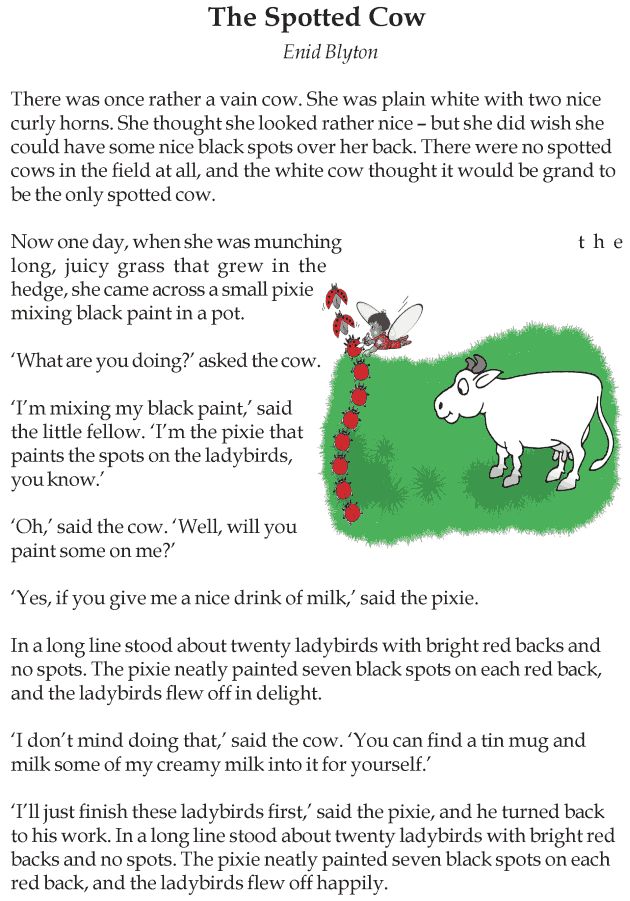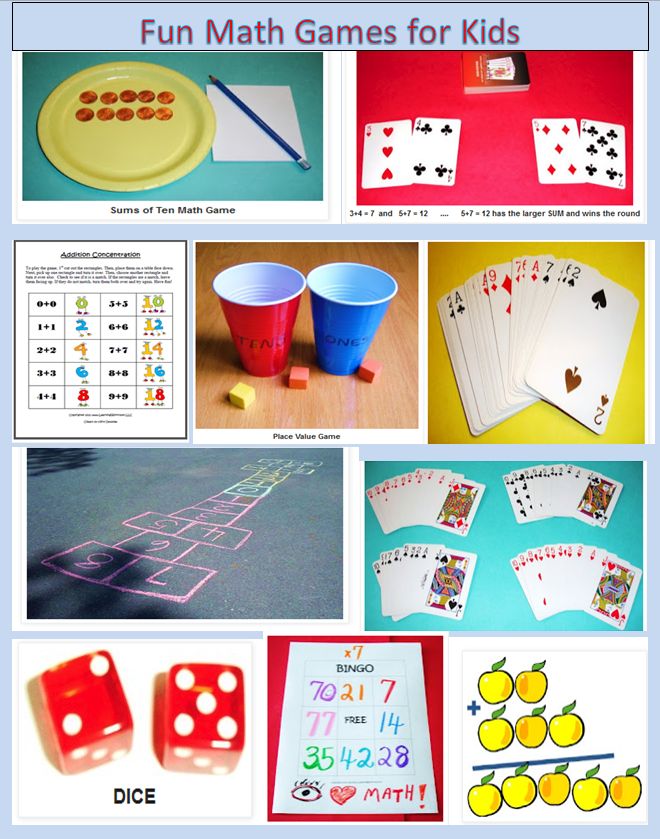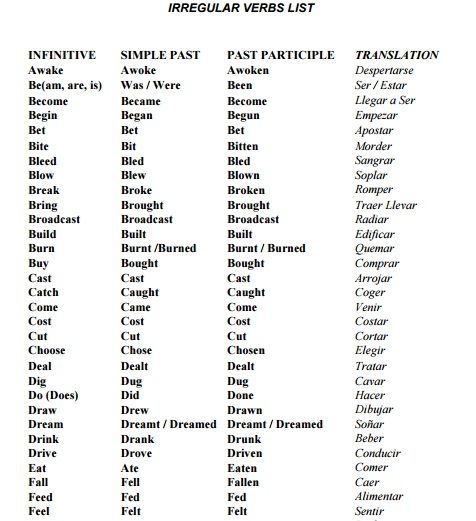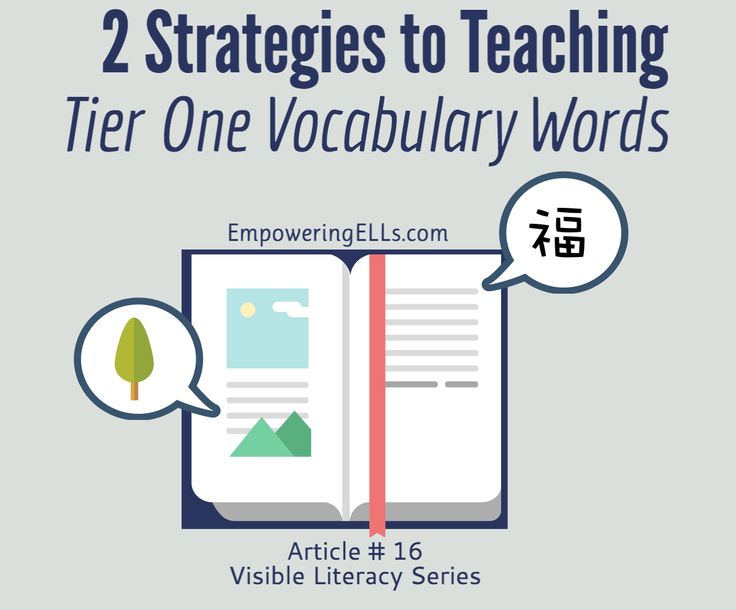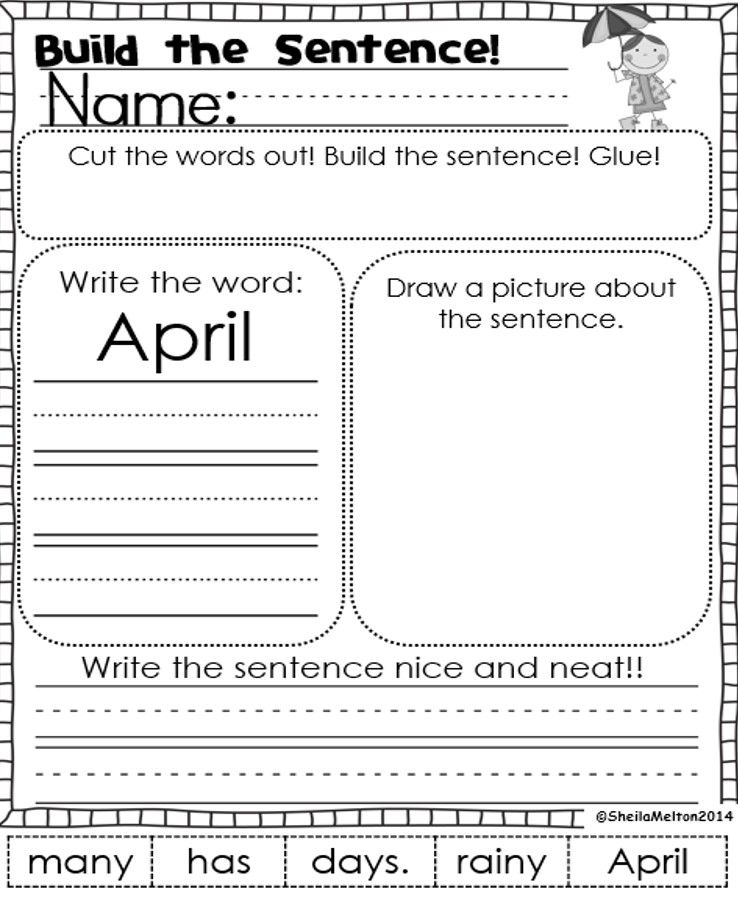First grade fun games
Fun learning games and activities for 1st graders
Looking for some fun ways to help your child learn important skills while keeping busy? Try some of these fun, teacher-tested activities for 1st graders.
-
Create a personalized placemat
This activity will help your first grader build reading and writing skills.
-
Number sense
This number-sense game played with dice helps your first grader build math concepts such as “greater than” and “less than.”
-
Create a noisemaker
This easy-to-create noisemaker makes amusing sounds. The activity reinforces observation, asking questions and experimentation – important skills in building scientific knowledge.
-
Map that house
By creating a map of your house, your first grader will build mapping skills and learn that a map is a representation of an area.
-
Create a mummy
Making shawabtis, small mummy-like statues that were used in Egyptian tombs, helps children learn about Egyptian art and culture, while exercising their imagination.
-
Create a family memory Book
With the help of a word-processing program and a digital camera, your first grader can build computer skills and create a wonderful book about his family.
-
Feel the music
First graders can use their natural interest in art and drawing to express how different music makes them feel.
-
Accordion book fun
By making her own book, your first grader will build reading and writing skills.
-
Keeping a journal
First grade is not too early to start keeping a log of daily activities and observations. This practice builds writing skills.
-
Speed spelling
This fun word-building activity will help your child master spelling skills.
-
Get moving
When your child practices skipping, hopping, galloping and side-stepping, she’ll be building coordination and endurance skills.
-
Make your own wrapping paper
Printmaking using fruits and vegetables is a fun art activity to try at home.
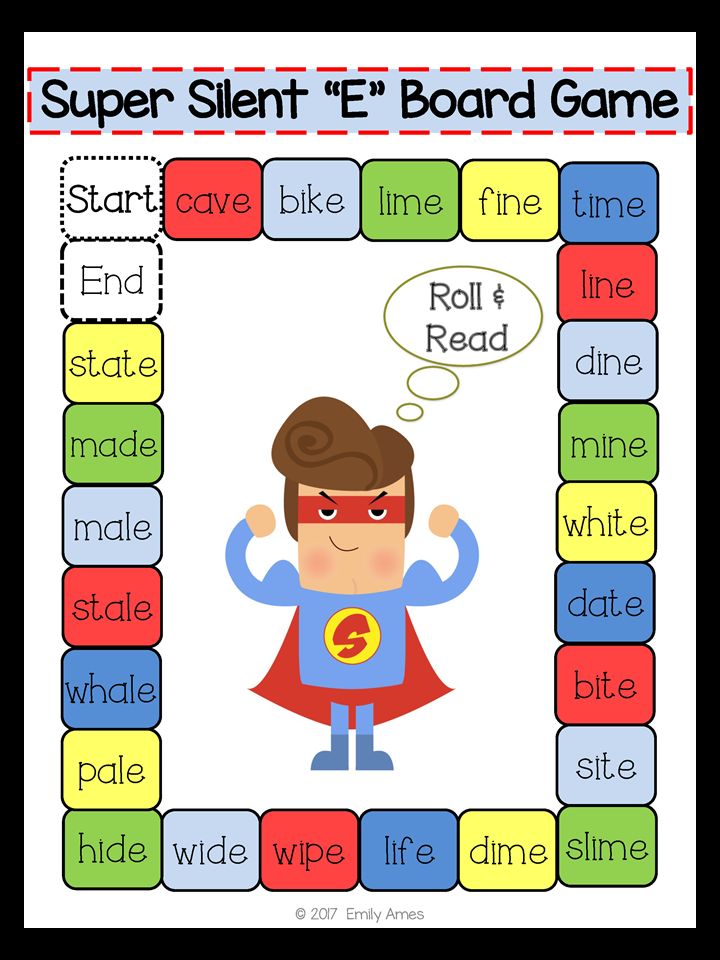
-
Make a story map
Have your child make a story map to sequence the beginning, middle and end of a story.
-
Shape walk
Go outside with your child and look for shapes.
-
Does it sink or float?
In this activity your child makes predictions about what objects will sink or float, tests the objects and then classifies them.
-
The “scents” of smell
Have your child explore the sense of smell by having her guess different scents.
-
Letter collage
In this activity your child explores letter sounds by making a collage.
-
Word family flip book
Have your child create this fun flip book to practice reading.
-
Develop a mental image
Have your child make a mental image of a passage that has been read aloud.
-
Make a pop-up book
In this activity your child makes a creative book to write a story in.
-
Food fractions
Here’s a clever and tasty way to review fractions with your child.

-
Make a storytelling board
In this activity your child acts out a story with a hand-made storyboard.
-
Living things and nonliving objects
Have your child find living things and nonliving objects.
-
Describe an object
In this activity your child writes about an object in detail.
The Very Best Games For Kindergarten and First Grade
My Little Poppies LLC is a participant in the Amazon Services LLC Associates Program. As an Amazon Associate, I earn from qualifying purchases. Affiliate links from Amazon or other programs are used on this website. For more information, please refer to our disclosure statement.
As you begin learning with your Kindergarten and First Grade child, using games in your homeschool can make a big difference. I have seen so many awesome benefits during the kindergarten and first-grade years with my daughter. Games teach important skills like sharing, taking turns, and how to be a good sport.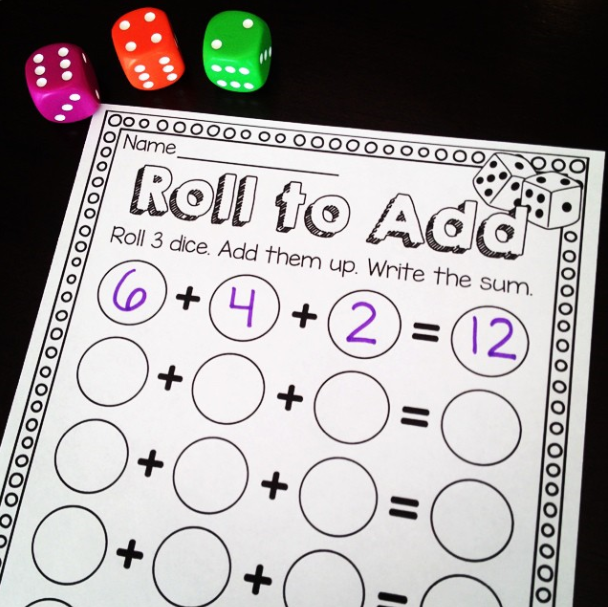 (Plus if you add a book you have a lazy unit study!)
(Plus if you add a book you have a lazy unit study!)
Have you tried gameschooling in your homeschool? Gameschooling uses board games and card games to teach kids. There are tons of fun things you can learn from card games, trivia games, cooperative games, and more. Today, I’m sharing my favorite games for kindergarten and first grade to encourage reading, math, logic, and more.
Table of Contents
Why Games Work So Well In Homeschooling Kindergarten and First Grade
Have you tried play-based learning with your kindergartners or first graders? It’s all about learning through play. Parents facilitate learning by providing games and activities. Then, let kids decide what to play and for how long.
The benefits of play-based learning and gameschooling are huge! Check out the skills you can expect your kids to develop from this approach in kindergarten and first grade:
- Literacy and language skills
- Problem-solving skills
- Build focus and concentration
- Build confidence and self-esteem
- Fine Motor Skills
- Gross Motor Skills
- Coordination
Strewing has become an especially important part of play-based learning in our homeschool.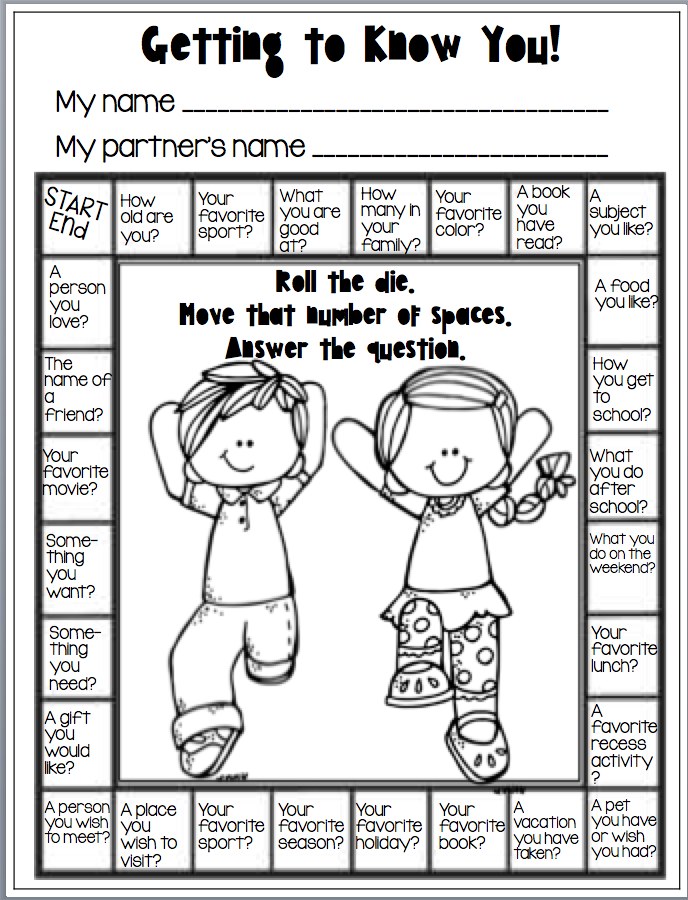 How do I do it? I set up learning opportunities throughout our home for my daughter to discover and interact with independently throughout the day. Choosing which games to strew and which play-based activities to use can sometimes be tricky.
How do I do it? I set up learning opportunities throughout our home for my daughter to discover and interact with independently throughout the day. Choosing which games to strew and which play-based activities to use can sometimes be tricky.
I use grade level skills checklists for kindergarten and first-grade skills to determine what kinds of activities and games will work best for us. These checklists help me stay on track when it comes to making sure we are getting in all the things I want us to learn throughout the year while still practicing interest-led and play-based learning.
Educational Games Perfect for Kindergarten and First Grade
We love games! Family game night, games my daughter can play independently, trivia games, and so many more are big favorites at the Waldock house. Every year I put together a list of our favorite games. We discover new favorites and resurrect old favorites too.
Along the way we are all learning a lot as we play.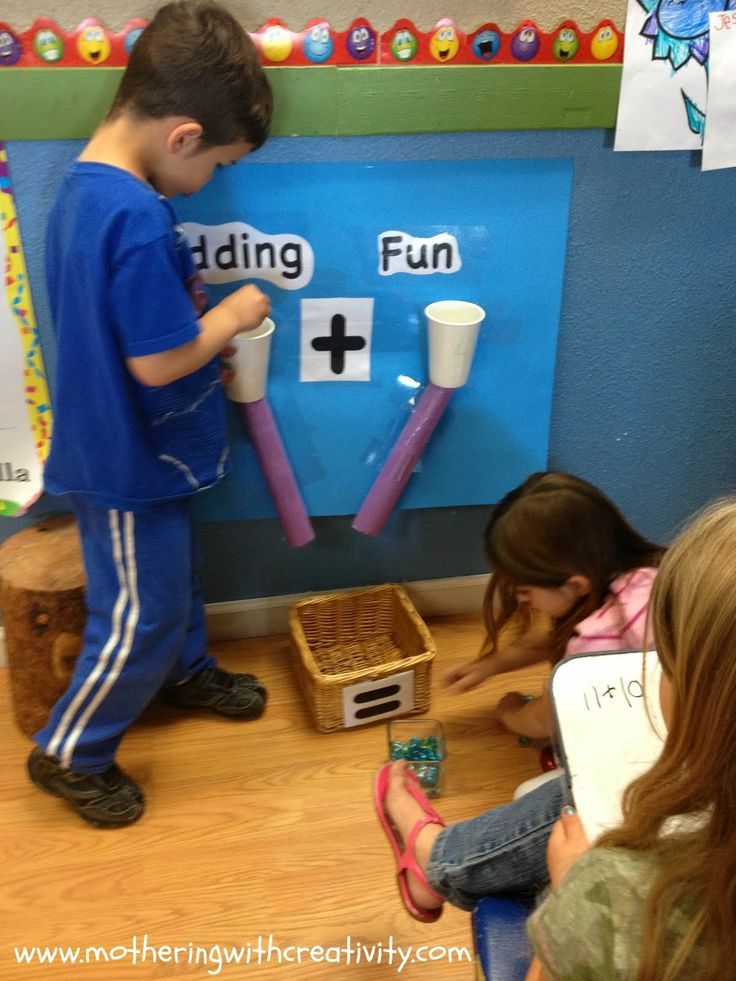 Want to see some of our favorite games for kindergarten and first grade? These games will help you get started building important early learning skills, establishing a play-based learning style for your homeschool, and be lots of fun for your family too.
Want to see some of our favorite games for kindergarten and first grade? These games will help you get started building important early learning skills, establishing a play-based learning style for your homeschool, and be lots of fun for your family too.
Reading Games
- Pop for Sight Words
- Zingo! Sight Words
- Happy Hats
- Cheese Dip
- Silly Sentences
- Tall Tales
- UKloo
- My First Bananagrams
- Spelligator
Math Games
- Pop for Addition and Subtraction
- Sum Swamp
- Clumsy Thief Junior
- Dino Math Tracks
- Tiny Polka Dot
- Outfoxed
- Even Stevens Odd
- Race to Planet X
- Sums in Space
- Ocean Raiders
- Cloud Hoppers
- Rack-o
Logic & Strategy Building Games
- Race to the Treasure
- Sleeping Queens
- Lion In My Way
- Ticket to Ride First Journey
- Moose in the House
- Chomp
- Spot It!
My Top 5 Favorite Games For Homeschooling Kindergarten and First Grade
I just shared a huge list of games for kindergarten and first grade.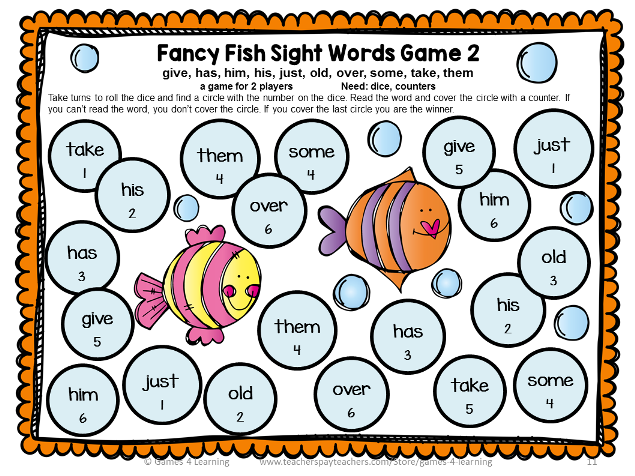 If you’re feeling a bit overwhelmed, don’t worry. These are games we have collected over time and it’s a big list. Starting out with play-based learning and gameschooling, choose just a few awesome games to start with that you think your kids will enjoy.
If you’re feeling a bit overwhelmed, don’t worry. These are games we have collected over time and it’s a big list. Starting out with play-based learning and gameschooling, choose just a few awesome games to start with that you think your kids will enjoy.
To help you get started, here are my top 5 favorite games for homeschooling during kindergarten and first grade. These are the must-have games for play-based learning in the early years:
- Tall Tales
- My First Bananagrams
- Tiny Polka Dot
- Race to Planet X
- Sleeping Queens
These 5 games offer variations to keep the game new and exciting. There are multiple ways to use these games in your homeschooling adventures throughout kindergarten, first grade, and beyond. I just know your family will love them as much as mine does.
A Bonus Must Have Game For Your Kindergartner And First Grader
And if you can stretch your budget a bit. My daughter highly recommends having Spot It! In your collection too. It is probably one of her favorite and most played games to date. It is small and easy to throw in your purse for those times when you need to entertain a kiddo.
My daughter highly recommends having Spot It! In your collection too. It is probably one of her favorite and most played games to date. It is small and easy to throw in your purse for those times when you need to entertain a kiddo.
The Value Of Adding Games To Your Homeschool
I want to leave you with a story to help encourage you to play more in your homeschool. During my daughter’s kindergarten year, she was struggling to learn and retain her math facts. Even the simpler ones like 1+1 just didn’t seem to stick. I was frustrated and overwhelmed. So, when my husband suggested we just take the holidays off I agreed.
We spent the next month enjoying time together as a family. We spent the holiday season reading books, playing games, and baking together. Something we would later call Christmas School. When we returned to school after the new year my daughter suddenly knew all of her math facts.
We had spent weeks playing Yahtzee because it is my husband’s favorite game. Simply rolling the dice and counting/adding them up had taught her more math facts in four weeks than the curriculum or I had in months.
Simply rolling the dice and counting/adding them up had taught her more math facts in four weeks than the curriculum or I had in months.
That was the moment when I knew that gameschooling would be an integral part of our homeschool!
Looking For More Ideas For Each Grade Level?
A Note From Cait…
Jessica was kind enough to share her favorites with us today and I could not agree more with her choices!
If you are looking for more resources for planning by grade level in your homeschool, you have to check out her new, totally free, skills checklists by grade level.
You can find more from Jessica, including more tips and encouragement specific to homeschooling an only on her site, The Waldock Way.
Jessica Waldock is a writer, photographer, and homeschool mom of one living in sunny Florida. She founded The Waldock Way as a way to give back to the homeschool community that she loves so much. At The Waldock Way Jessica shares tips, tricks, inspiration, and unique resources that help ignite a love of learning in children that will last a lifetime.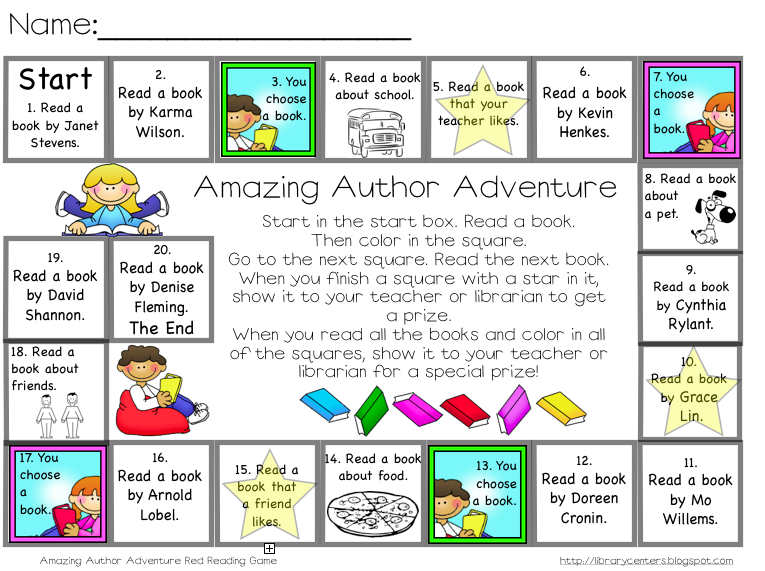 She inspires families to engage in homeschooling as a lifestyle where relationships come first and interest-led learning prevails. Jessica also has a fabulous collection of unit studies on her website and shares generously on her YouTube channel.
She inspires families to engage in homeschooling as a lifestyle where relationships come first and interest-led learning prevails. Jessica also has a fabulous collection of unit studies on her website and shares generously on her YouTube channel.
Contests and games at school! Outdoor games for children
Competitions and games for children.
Outdoor games for children - for schoolchildren.
Game for children "Hands up!"
8 or more people take part in the game. You must have 1 coin. Everyone is divided into 2 teams and sit opposite each other at the table. One team receives a coin, and the participants pass it to each other under the table. The commander of the opposite team slowly (possibly to himself) counts to ten, and then says: “Hands up!”. The players of the team that passed the coin should immediately raise their hands up, with their hands clenched into fists.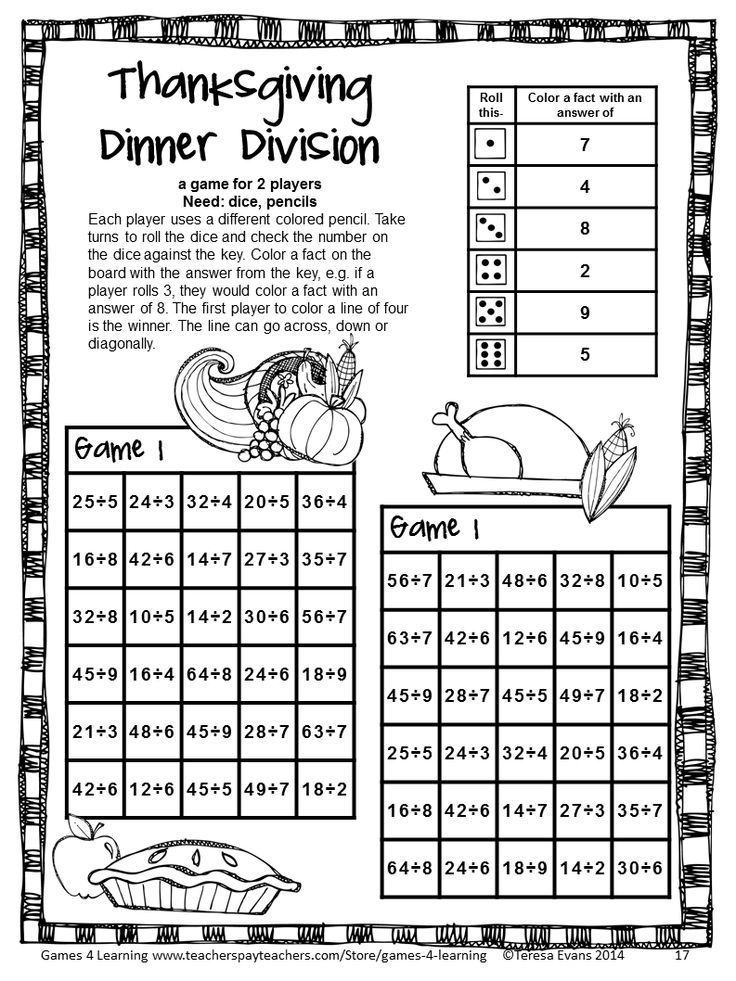 The commander then says, "Hands down!" – and the players must place their hands palm down on the table. The one who has the coin tries to cover it with his palm. Now the players of the opposite team confer, decide who has the coin. If they guessed correctly, the coin goes to them, if not, it remains with the same team.
The commander then says, "Hands down!" – and the players must place their hands palm down on the table. The one who has the coin tries to cover it with his palm. Now the players of the opposite team confer, decide who has the coin. If they guessed correctly, the coin goes to them, if not, it remains with the same team.
Game for schoolchildren "Pioneer"
First, participants are invited to "discover" a new planet - inflate balloons as quickly as possible, and then "Populate" this planet with inhabitants - quickly draw figures of little men on the ball with felt-tip pens. Whoever has more “inhabitants” on the planet is the winner.
Song
The host invites everyone to sing together, in unison. For starters, a song that everyone probably knows: “Moscow Nights” or “Blue Wagon”. At the first clap of the host, everyone begins to sing loudly, at the second clap - the singing continues, but only mentally, to oneself, at the third clap - they sing out loud again.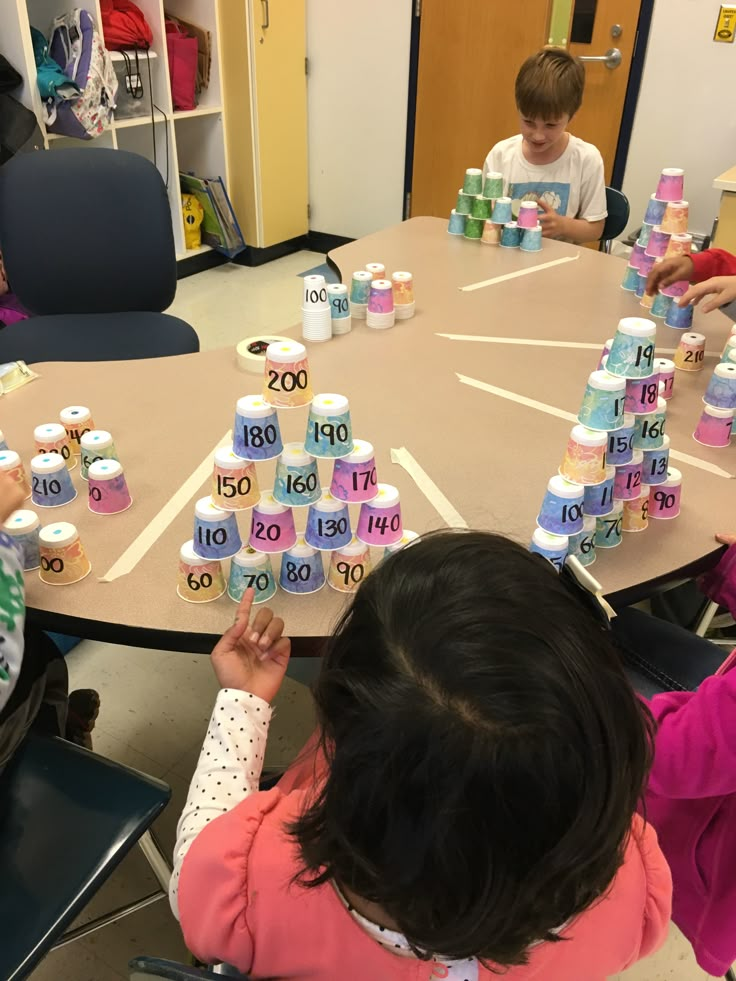 And so several times, until someone goes astray, The one who is mistaken comes forward and invites everyone to sing some other well-known song. This is repeated several times. The facilitator can help everyone else by conducting the combined choir, especially during those moments when the participants sing mentally.
And so several times, until someone goes astray, The one who is mistaken comes forward and invites everyone to sing some other well-known song. This is repeated several times. The facilitator can help everyone else by conducting the combined choir, especially during those moments when the participants sing mentally.
Pass the orange
An excellent outdoor game in which two teams stand in two lines opposite each other. Players in each team, from first to last, must pass each other some kind of round thing: an orange, a ball, a round toy. In this case, you can use only the chin or shoulder. You can't help yourself with your hands. If a thing falls on the floor, everything starts over.
Caricature
Everyone stand in a circle. Have each person invent and draw a pantomimic caricature of any of the children. You can choose any of the participants in the game. Then, in a circle, you will need to try to depict sequentially all the caricatures of all the participants in the game.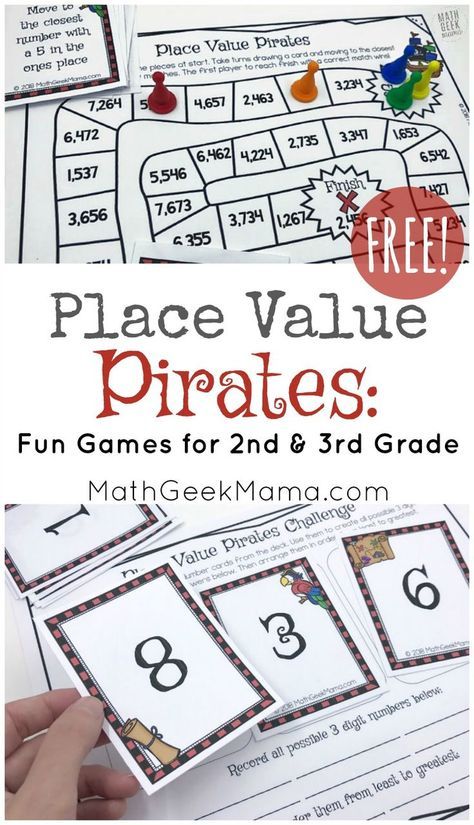 Everyone collectively determines who each one in turn portrays. If the player is exposed, he leaves the circle. If someone could not reliably portray his colleague and he turned out to be unrecognized, the author of the parody drops out of the game. The game goes around. Win the most persistent, the latest.
Everyone collectively determines who each one in turn portrays. If the player is exposed, he leaves the circle. If someone could not reliably portray his colleague and he turned out to be unrecognized, the author of the parody drops out of the game. The game goes around. Win the most persistent, the latest.
Competition for schoolchildren: "Songs"
Song lovers competition. We stand in a circle, facing each other. The host starts the song, sings or says one verse. The next player continues the verse of another song, with no pause in between. CONDITION: All subsequent verses must contain at least one word from the previous song. As soon as the first player has finished singing the first verse, the next song, without a pause, is picked up by the player to his right.
Chocolate
Two teams are participating. The host prepares two identical chocolates. On the “Start” command, the extreme players of the two teams, sitting next to the leader, quickly unfold their chocolate bar, bite off a piece and pass the chocolate bar to the next participant.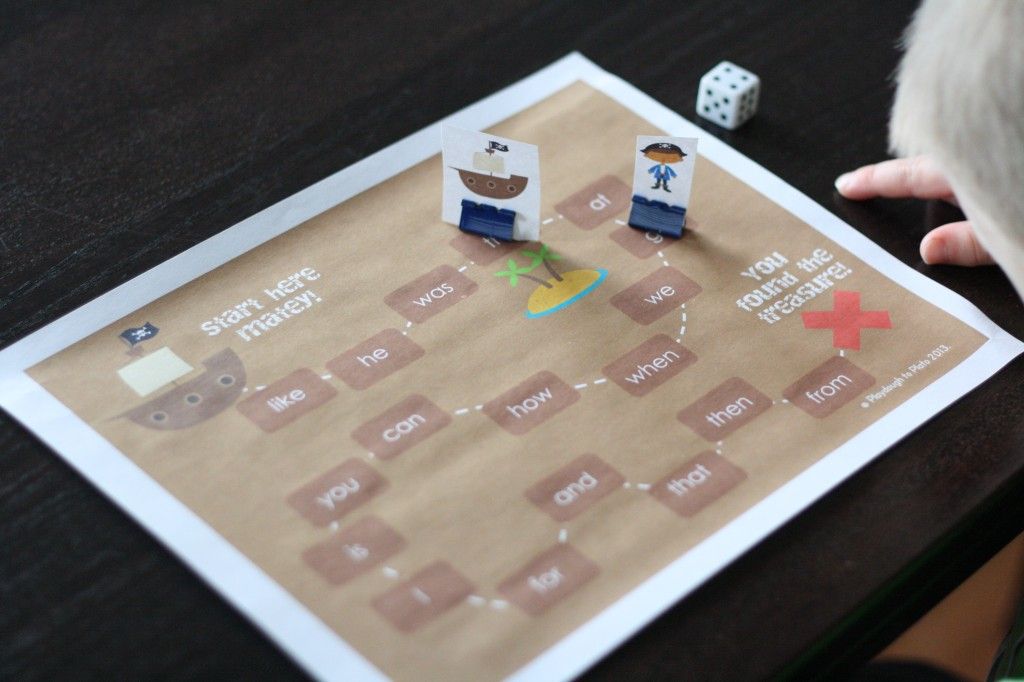 The one, in turn, who quickly eats another piece and passes the chocolate bar to the next player. The team that quickly eats their chocolate wins, and it should be enough for all the players on the team.
The one, in turn, who quickly eats another piece and passes the chocolate bar to the next player. The team that quickly eats their chocolate wins, and it should be enough for all the players on the team.
Wild Beast Tamer
Place chairs in the room, one less than the guests. Everyone takes chairs, and one of the players becomes a tamer of wild animals. He slowly walks in a circle and names all the animals in a row. The one whose animal is named (the players first choose them for themselves) gets up and begins to slowly walk after his tamer. As soon as the tamer says the words "Attention, hunters!", All the players, including the tamer, try to take empty chairs. The one who did not have enough space becomes a tamer of wild animals.
Try it, pierce it!
One or two balloons are tied to one or both legs of children. The task of the players is to pierce other people's balls in any way and protect their own.
Firefighters
Turn the sleeves of two jackets inside out and hang them over the backs of chairs.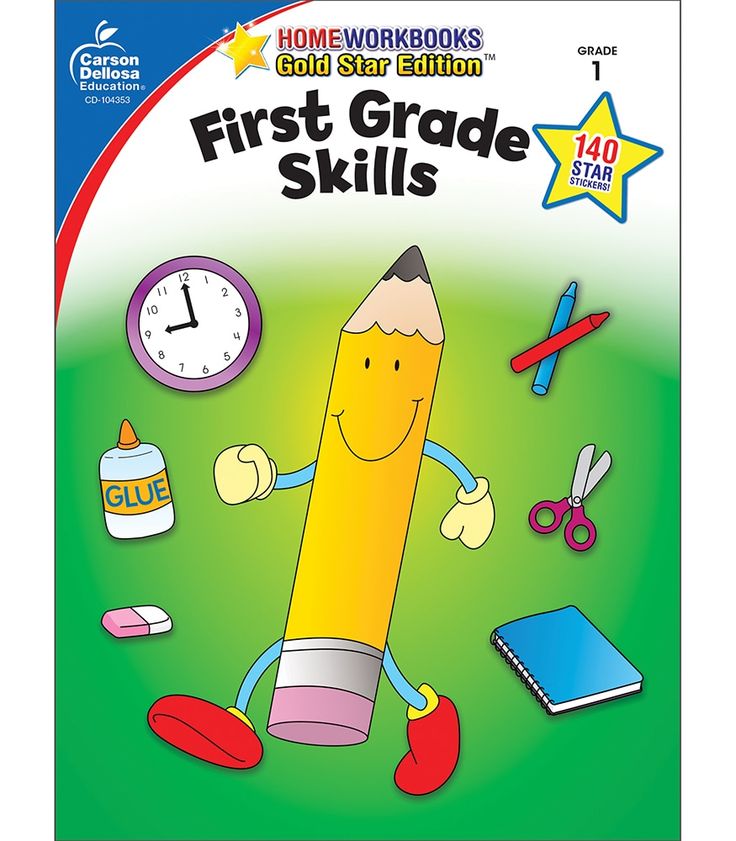 Place the chairs at a distance of one meter, backs to each other. Place two meters of string under the chairs. Both participants stand at their chairs. On a signal, they should take their jackets, turn out the sleeves, put on and fasten all the buttons. Then run around the opponent's chair, sit on your chair and pull the rope.
Place the chairs at a distance of one meter, backs to each other. Place two meters of string under the chairs. Both participants stand at their chairs. On a signal, they should take their jackets, turn out the sleeves, put on and fasten all the buttons. Then run around the opponent's chair, sit on your chair and pull the rope.
Crush the opponent's balloon
Two people are given one balloon, which they tie to their left leg. The right foot must crush the opponent's ball.
Drawing a prize on the count of three
Two participants stand opposite each other - there is a prize (chupa-chups) on a chair in front of them. The leader counts: one, two, three ... a hundred, one, two, three .... eleven, one, two, three ... twenty, etc. The winner is the one who is more attentive and the first to take the prize when the leader says the count is three.
Guess who I am!
The game becomes more fun when many guests take part in it at once.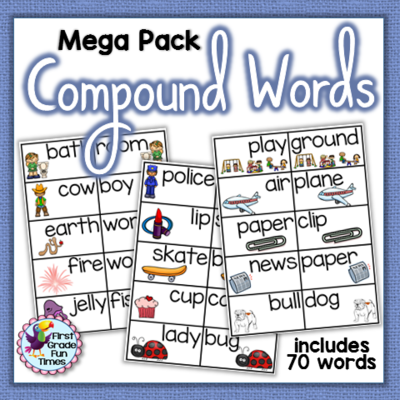 The leader is blindfolded, the rest join hands and stand around the “blind”. The facilitator claps his hands, and the children begin to move in a circle. The leader claps again - and the circle freezes. Now the host must point to a player and try to guess who it is. If he manages to do it on the first try, then the one who was guessed leads. If the host did not guess who is in front of him on the first try, he has the right to touch this player and try to guess a second time. In the case of a correct guess, the child who was identified drives. As a variant of this game, you can introduce a rule according to which the host can ask the player to say something, portray an animal - bark or meow.
The leader is blindfolded, the rest join hands and stand around the “blind”. The facilitator claps his hands, and the children begin to move in a circle. The leader claps again - and the circle freezes. Now the host must point to a player and try to guess who it is. If he manages to do it on the first try, then the one who was guessed leads. If the host did not guess who is in front of him on the first try, he has the right to touch this player and try to guess a second time. In the case of a correct guess, the child who was identified drives. As a variant of this game, you can introduce a rule according to which the host can ask the player to say something, portray an animal - bark or meow.
Hit the hat!
Give the children five playing cards, shelled nuts, drinking straws, etc. and ask them to hit the hat with these objects while standing at a certain distance from the target.
Bug
The players stand in a semicircle and the leader is one step ahead, with his back to them. He presses his right palm to the right side of his face, limiting his view, and his left to his right side, palm outward. One of the players lightly strikes the palm of the leader with his palm, and all the players stretch their right hand forward with their thumbs raised up. After the strike, the driver turns to the players and tries to guess who touched his palm. If he guesses, then the identified person becomes the driver. If not, then he drives again.
He presses his right palm to the right side of his face, limiting his view, and his left to his right side, palm outward. One of the players lightly strikes the palm of the leader with his palm, and all the players stretch their right hand forward with their thumbs raised up. After the strike, the driver turns to the players and tries to guess who touched his palm. If he guesses, then the identified person becomes the driver. If not, then he drives again.
Raise the chair
Grasp the top of the back of the chair with your hands, lift it with straight arms above your head and lower it down. The winner is the one who completes this task more times without letting go of the chair on the floor. Options: raise the chair by holding the back leg, the front leg, etc. with one hand.
Zombies
Two from each team come out and stand side by side: hand in hand. In pairs, the touching hands are tied, and with free hands, that is, one of the participants with the left and the other with the right hand, must wrap the bundle prepared in advance, tie it with a ribbon and tie it on a bow. Whose pair will cope ahead - gets a point.
Whose pair will cope ahead - gets a point.
Bite the apple
The apple is tied by the handle and hung up Participants approach the apple one at a time and try to bite it with their hands behind their backs. And it's hard to do so. Chain Use the paper clips to make a chain within the allotted time. Whose goal is longer wins the competition.
Water carriers
Fill glasses with a teaspoon. Whoever completes the task faster gets the opportunity to drink the contents (juice). We recommend to conduct these outdoor games in the older group.
6 games that will help make the class more friendly
For primary school students, the game continues to be one of the leading activities, so it is through the game that we teach children the skills of communication, understanding of another person.
1. Snowball
Classic dating game. Participants sit (become) in a circle.
The first person says his name.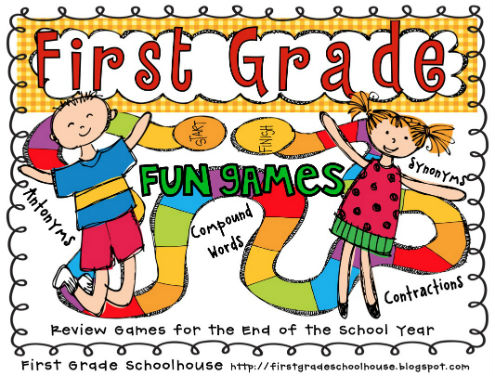 The second person calls the name of the first, then his own. The third is the name of the first, second, own. And so on until the last person (he must have a good memory!). The game can be made more interesting by adding an adjective starting with the first letter of the name to each name. For example: artistic Anya, mysterious Tanya.
The second person calls the name of the first, then his own. The third is the name of the first, second, own. And so on until the last person (he must have a good memory!). The game can be made more interesting by adding an adjective starting with the first letter of the name to each name. For example: artistic Anya, mysterious Tanya.
Over time, the task can be changed: name your favorite animal, color, food, movie. In this way, children can gradually learn something new about each other.
2. Friendship Knot
The facilitator invites the children to sit in a circle and extends his hands to the center of the circle. Children put their palms on the palm of the educator so that a strong squeeze of the “friendship knot” is obtained, which no one can unclench.
"Let's tell each other how much we missed you, how much we love each other." If it's a little difficult for children to get started, the teacher can help.
3. "What the mood is like"
Participants of the game take turns saying what season, natural phenomenon, weather, similar to their current mood. It is better if the teacher speaks first: “My mood is like a white fluffy cloud in a calm blue sky, and yours?”
It is better if the teacher speaks first: “My mood is like a white fluffy cloud in a calm blue sky, and yours?”
The exercise is carried out in a circle. At the end of the game, the children summarize what the mood of the whole class is today: sad, cheerful, funny, angry, etc.
4. "Siamese twins"
Children are divided into pairs, stand shoulder to shoulder, hug each other with one hand at the waist, put one leg next to each other. To make the third leg “friendly”, you can fasten two legs with a rope. Now they are fused twins: two heads, three legs, one body and two arms. Gemini is offered:
- walk around the room,
- sit down,
- lie down, get up,
- draw something.
5. "Water"
The leader sits in a circle with his eyes closed. Children move in a circle with the words: "Water, water, that you are sitting under water, come out for a minute, let's play a joke." The circle runs up (a few steps), and everyone stops.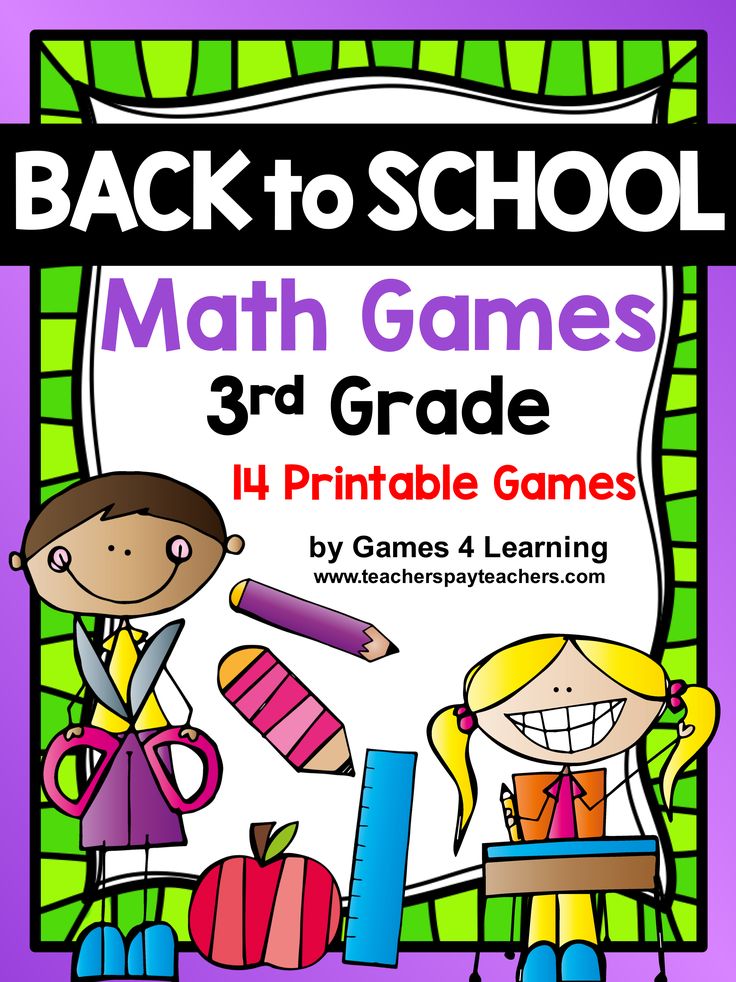 "Waterman", without opening his eyes, is looking for one of the players, and then tries to determine who is in front of him. "Waterman" can touch the player standing in front of him, but his eyes cannot be opened. If the driver guessed right, they change places.
"Waterman", without opening his eyes, is looking for one of the players, and then tries to determine who is in front of him. "Waterman" can touch the player standing in front of him, but his eyes cannot be opened. If the driver guessed right, they change places.
In order for the game to solve the problem of cohesion, in conclusion, the teacher should discuss the game process with the children and focus the attention of the participants on the results achieved and how to achieve them.
Questions could be:
- What did you like about the game? What helped to achieve the result?
- What didn't you like? Why? What got in the way? How to change it?
- With whom was it easy for you to complete the task? Who is difficult? Why? What advice would you give to each other?
- What moment will you take away with you? What do you remember about him?
- What have you learned? What do you want to learn next time?
Games can be held during the lesson, thereby solving not only the tasks of cohesion, but also motivational ones, and also it is reasonable to use the resource of class hours.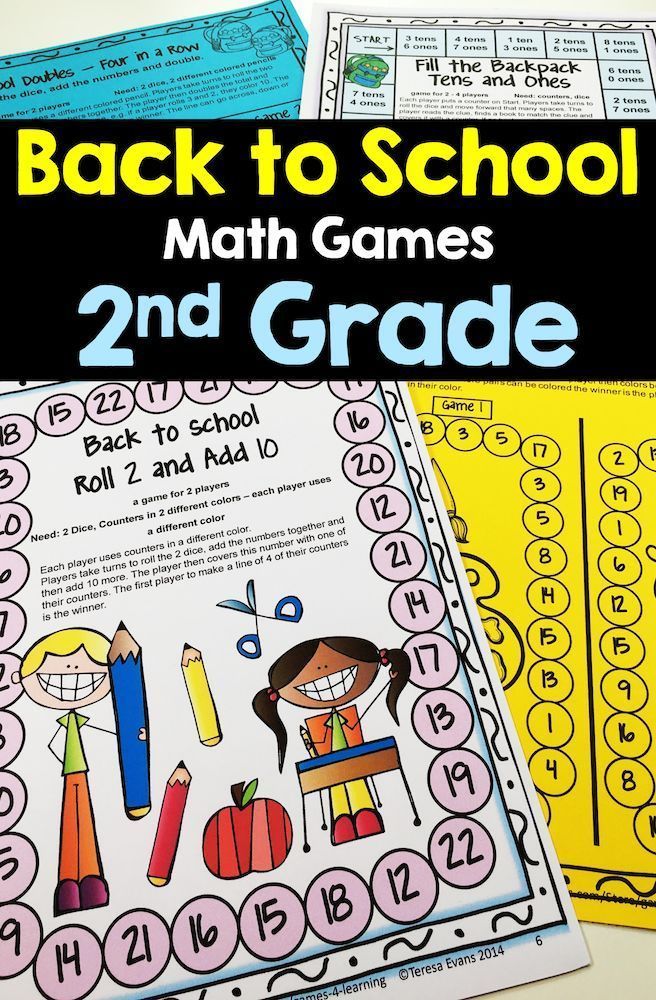
6. Game by stations, or quest.
Participants are given a route sheet, according to which they come to the station with a task. The station leader introduces the task, gives time for completion, accepts and evaluates the task. As a result, participants receive a Key or some kind of hint and move on to the next station. The objective outcome of the game may be the acquisition of Treasures.
You can play as one team or several, if the task was to create conditions for interaction in a competitive environment. The undoubted advantage of such a game is the appearance of an interdisciplinary space in which each participant in the game can show their abilities. Each element of the organization of such a game solves its task.
So, for example, the formation of teams can occur randomly (we draw lots / the leader distributes tokens / we solve an example and join the team according to the sign), which brings up the skill of communication and performing creative tasks in a randomly created group, or selection into a group is based on certain conditions (playing with parallel classes/boys vs girls).
To achieve the goal of team building, it is important to think over the tasks of the stations in such a way that the result of the activity is achieved through the collective interaction of the players. At the same time, participants can perform some tasks individually, but then the guys need to discuss the results and choose the embodiment that most accurately (brightly, emotionally, artistically, correctly) corresponds to the game task.
For example, the task of the station (I omit the emotional entourage): "Compose a limerick (five lines with the AABBA rhyming scheme) using the first line you have already prepared." Participants compose, compare limericks, discuss, choose one, the brightest, and present it to the Station Keeper.
The roles of the Host (Guardian) of the station are very important when playing with younger students, because you need to tactfully monitor what is happening within the team, help the participants interact in the discussion, and focus on positive moments.


